With extraordinary architecture, culture, food, history and beaches, this Spanish city has it all
The beguiling island capital is one of the greatest medieval European towns most of us have never visited.
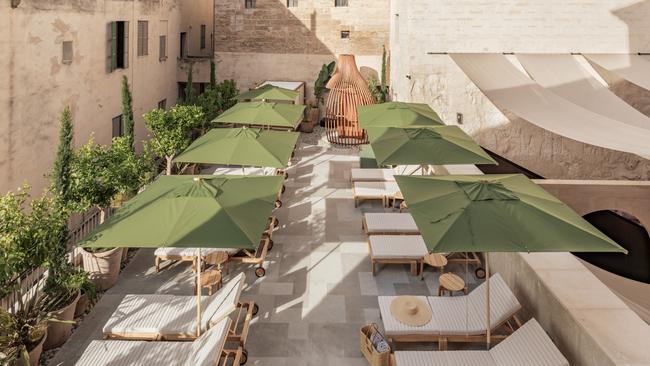
After the long hot part of the day, when the sky is cobalt and the sun so golden it hurts the eyes, Palma settles into evening. A ripple of energy seems to flow through the old town, building to building, person to person, and the city springs suddenly to life. Streets that were virtually deserted at 5pm are bustling by 8pm, packed by 9pm. Spain does nights differently to other places.
It is a temperate 28C during our days on Mallorca, the largest, most scenic, most dramatic, most historic of the Balearic Islands, the stunning archipelago due east of Valencia on Spain’s east coast, of which the touristy party island Ibiza is best known. Over in Madrid during these summer months, the thermometer is daily soaring into the mid-40s: roasting days, sultry nights. Here on the islands, though, the Spanish life feels softer, easier. The top expected temperature in July is 31C. Even so, there are provisions made for a daily siesta: go for a nanna nap at 2pm or 3pm, or even 4pm if you like. The restaurants will be ready for you at what most Australians call bedtime.
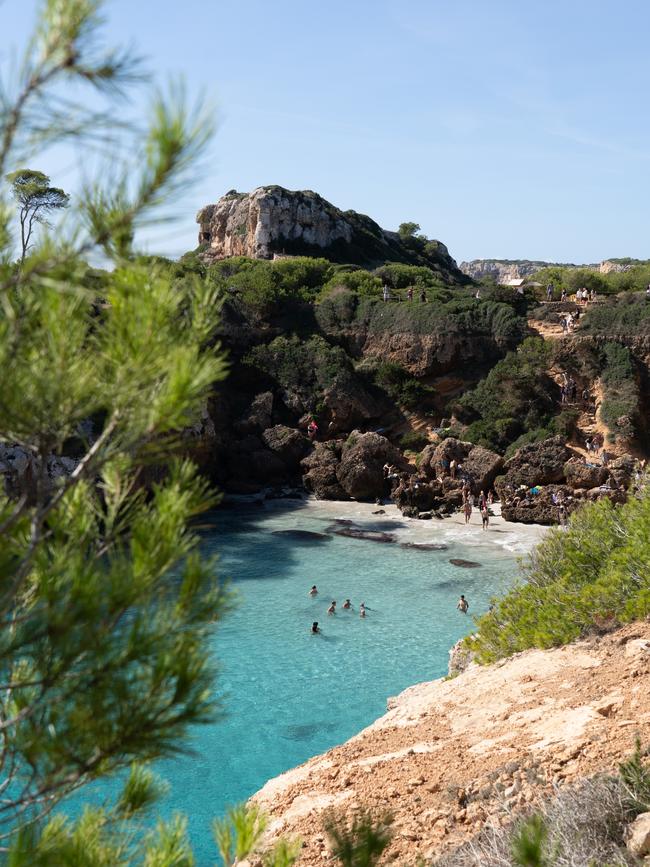
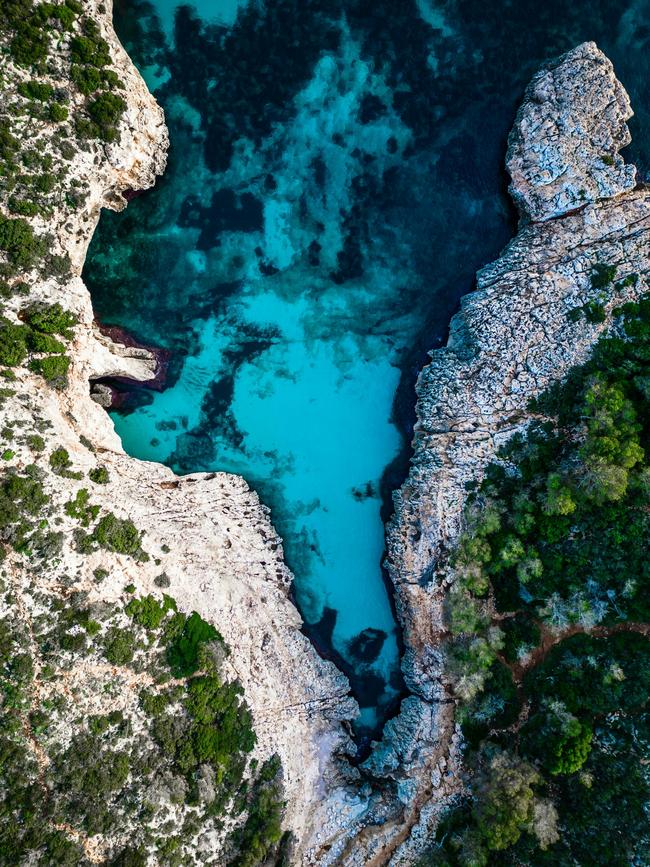
Mallorca is an island of unbelievably beautiful bays and beaches, the water a translucent aquamarine, the sand snowy white, the sunshine and good times almost indecent. Places like Cala Deià, an erstwhile fishing port blessed with one of the prettiest beaches in Europe, and Calo Des Moro, a narrow bay of almost divine beauty, attract sun-hunters and good-time-Charlies in equal measure. These beaches really need to be seen to be believed. They are bounteous attractions, perfect places for idling, Spanish idylls. But we have not necessarily come to Mallorca to swim. We’ve come to see Palma, the island’s beguiling capital, and one of the greatest medieval European towns most of us have never visited. Tucked on the island’s southern coastline in the beautifully sheltered Bay of Palma, part of the Balearic Sea, the historic heart of Palma is a remarkably preserved old city with a dashing heritage to match. Strategically located between Italy, Spain, Morocco and France, Mallorca’s cultural roots date to the time of Jesus. Its history reads like an adventure novel, an epic at that, spanning two millennia of conquest, invasion, seafaring, wealth, royalty and daring. The city has been ruled by, among others, Romans, Goths, Moors, Muslims and from 1229 Christians, including for two centuries the famed house of Aragon (run from afar, out of Barcelona). In 1833, the island became part of Spain proper, its own kingdom long since fallen.
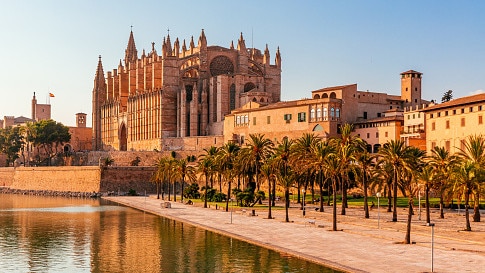
That is all intriguing if you are into history but for most visitors, the day-to-day pleasure of exploring Palma is not so much in reliving the history but walking it, exploring a city which on foot is so uniquely well preserved and so architecturally splendid that it quite literally dazzles the eye.The crowning glory is the Cathedral of Santa Maria of Palma, a Gothic masterpiece that dominates the city. Built from 1229 (but not completed, incredibly, until 1601), the cathedral is a mass of flying buttresses and pinnacles, plus internally, baroque murals and altars. Also exquisite is the 10th-century Almudaina Palace, a Moorish-Gothic-Renaissance fortress still used as an official residence of the King and Queen of Spain. Then there’s La Llotja, a 1426 Gothic market building whose extraordinary dome is held aloft by a sequence of immensely beautiful helical columns. And the Arab Baths, a gorgeous bathhouse ruin from the 10th century whose walls contain a sumptuous and lush hidden garden. These are the city’s big-ticket items.
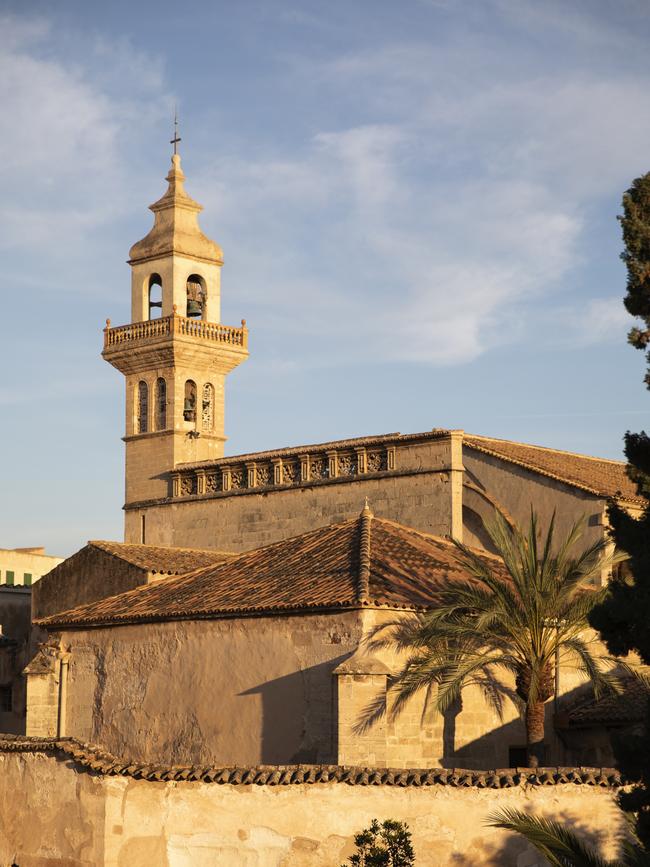
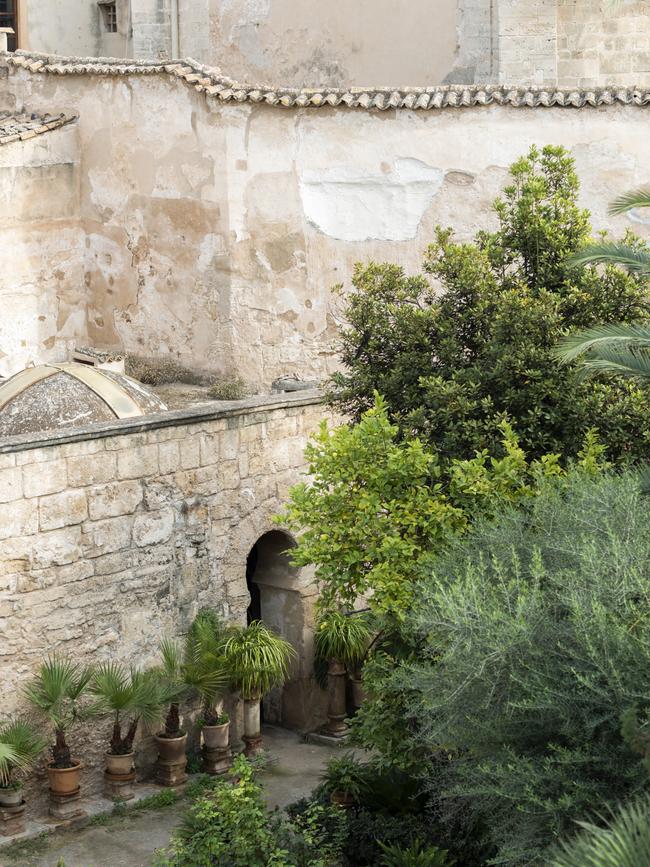
But beyond that is an old town that intrigues and entices with its alluring glimpses and flashes at every turn and bend. Walk down any alleyway (and there are hundreds) to find wondrous courtyards, or “patios” – community spaces graced by networks of archways and colonnades.

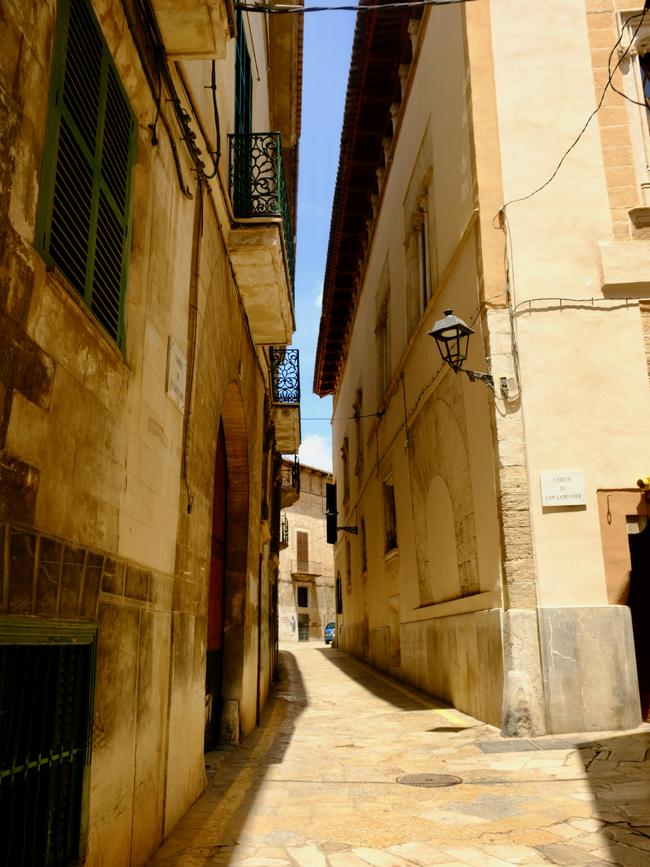
The structure of the entire honeycomb-coloured old town revolves around these lovely patios. Peer into big arched doorways as you walk by to find secret worlds, a tantalising window into the soul of the city. Palma’s other big surprise is its Art Nouveau flourishes, with no less than Gaudi and Montaner stamping their marks on the city’s glistening architecture. Explore streets big and small to find Nouveau gems such as the Can Forteza Rey and Almacenes El Águila buildings, their kooky rococo edifices adding splashiness between more austere 17th-century apartments. (Gaudi, incidentally, worked on the restoration of the Palma Cathedral from 1902-1915, revolutionising part of its dusty interior. The man was a genius.)
The town spills up and down hills, with the central hubs being several beautiful squares. My favourite is Palma Square, in front of lovely Hotel Cappuccino. Find here cafes and pastry stores, gelaterias, fashionable boutiques and a prehistoric gnarled olive tree that provides shade on hot days. From here wander aimlessly through the streets, stopping at least every hour for snacks (they love pastry here, and sausage) and icy Iberian beer. In a way, Palma has parallels with Barcelona, only without its big-city hassle and tourist hordes. Architectural, stylish, regal and coastal, it is everything you might expect from Spain, without as much hype. And when the town gets going after dark, you had better go with it. Even if it is after your bedtime.
Checklist
Getting there: Palma is serviced by a huge airport, with flights incoming from all over Europe but most especially from Barcelona.
Eat:Mallorcans have a sweet tooth and a penchant for pastry. Famous pastelería dot the old town. There’s an abundance of restaurants, so take your pick, the food is excellent. The hottest table in town is at La Rosa, a wine and tapas bar with dishes like garlic prawns and pickled pimentos. If you want to try traditional Mallorcan fare go to Celler Pagés, open since 1956, for dishes like sobrasada on toast and greixonera, a thick bread and veg soup.
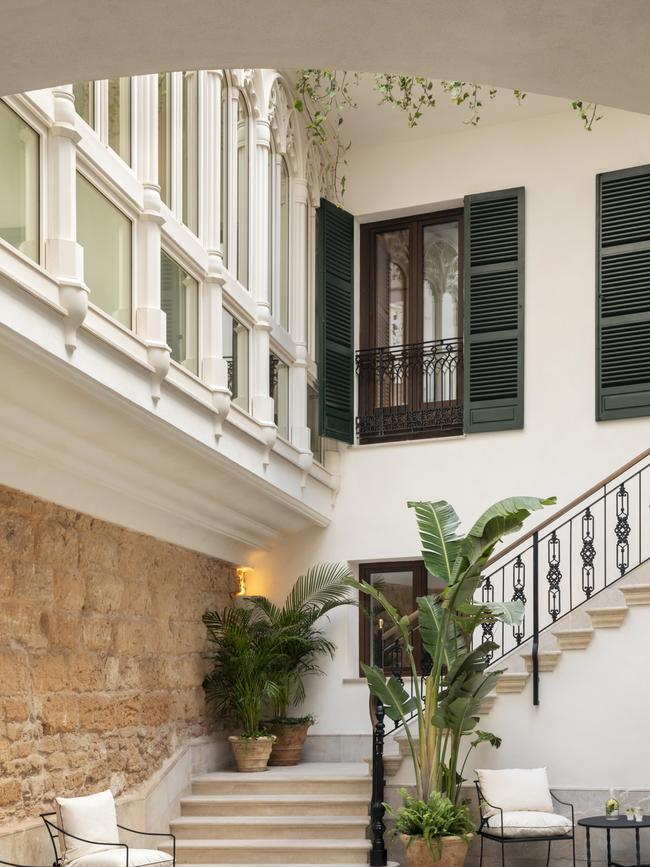
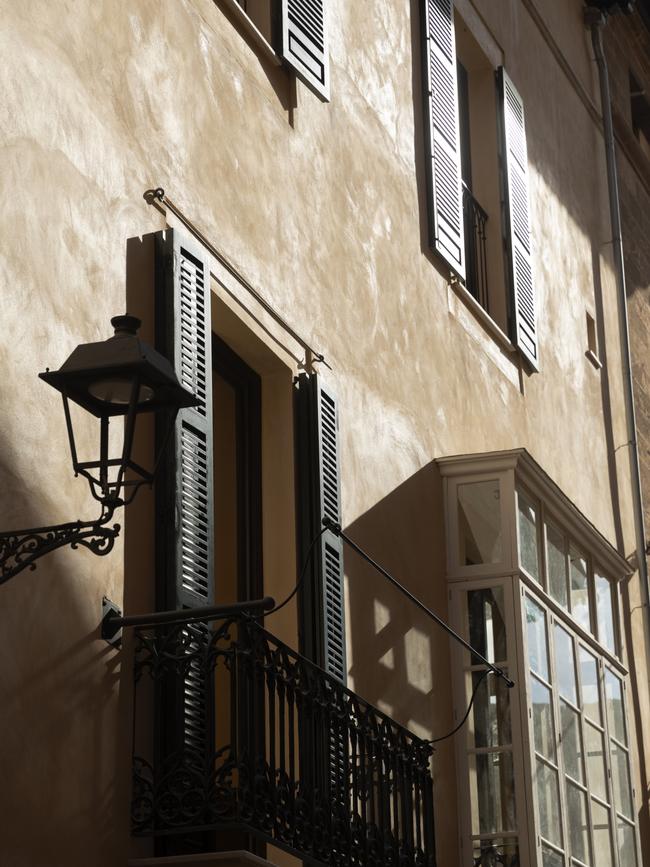
Stay: Portella Palma (portellapalma.com) is a stylish 14-room hotel that opened in February 2024 with interiors by French design house Festen. The hotel inhabits a 17th-century former palace most recently used as a museum dedicated to the Spanish painter Joaquím Torrents Lladó. Push through the big wooden doors to enter a light-filled self-contained world of Mallorca style. The rooms are beautiful and cool, in both senses of the word, offering a genuine Palma experience. The breakfast room is adorable. Rates from E201 ($335). Palma is experiencing a hotel revolution with stylish boutique brands moving in to accommodate interest, see: Nobis Hotel Palma, Palma Riad and Hotel Can Cera. The hotels here are exceptional, stylish and atmospheric.
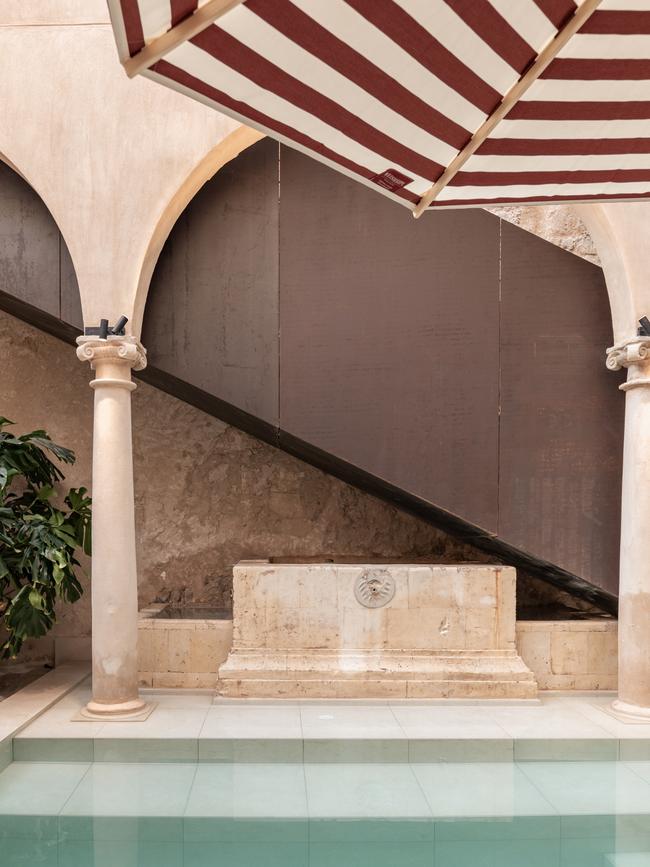
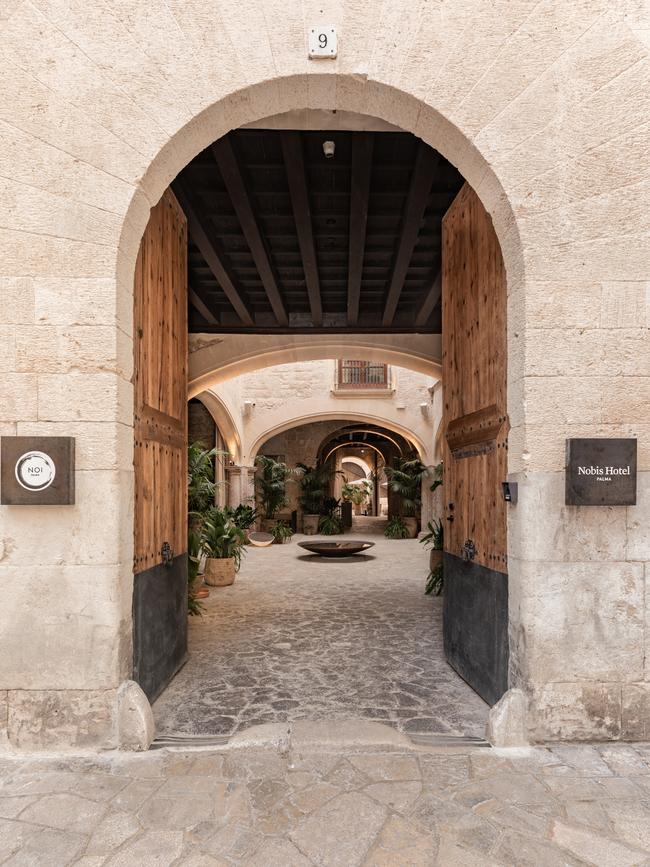
Do: From Portella’s rooftop you can see the Arab Baths; make time for a visit. If you have enough days on the island, trips to the beaches are a pleasure. You can hire a car to drive, or buses leave from central Palma. Also catch a 1912 wooden train from Palma to Soller, a perfect hilltop town that sits in Mallorca’s “Valley of Oranges”, named for the orchards for which the island is famed.


To join the conversation, please log in. Don't have an account? Register
Join the conversation, you are commenting as Logout